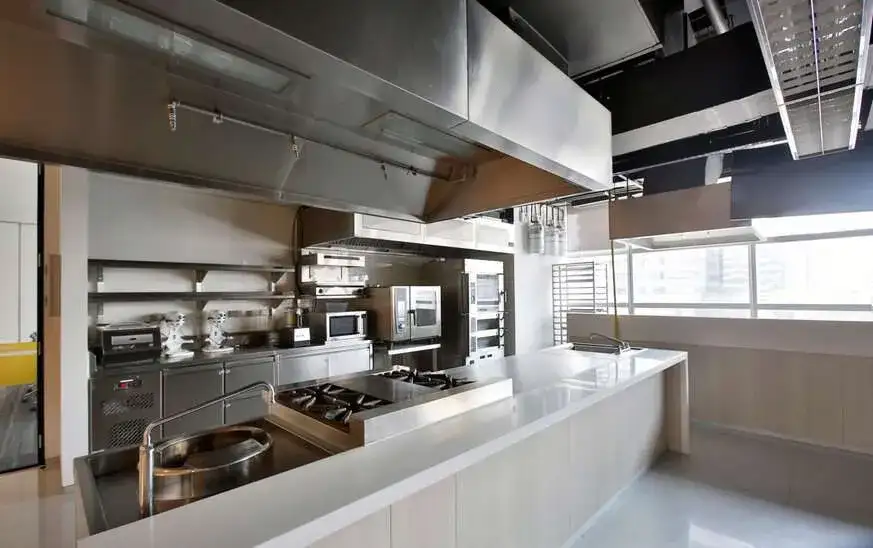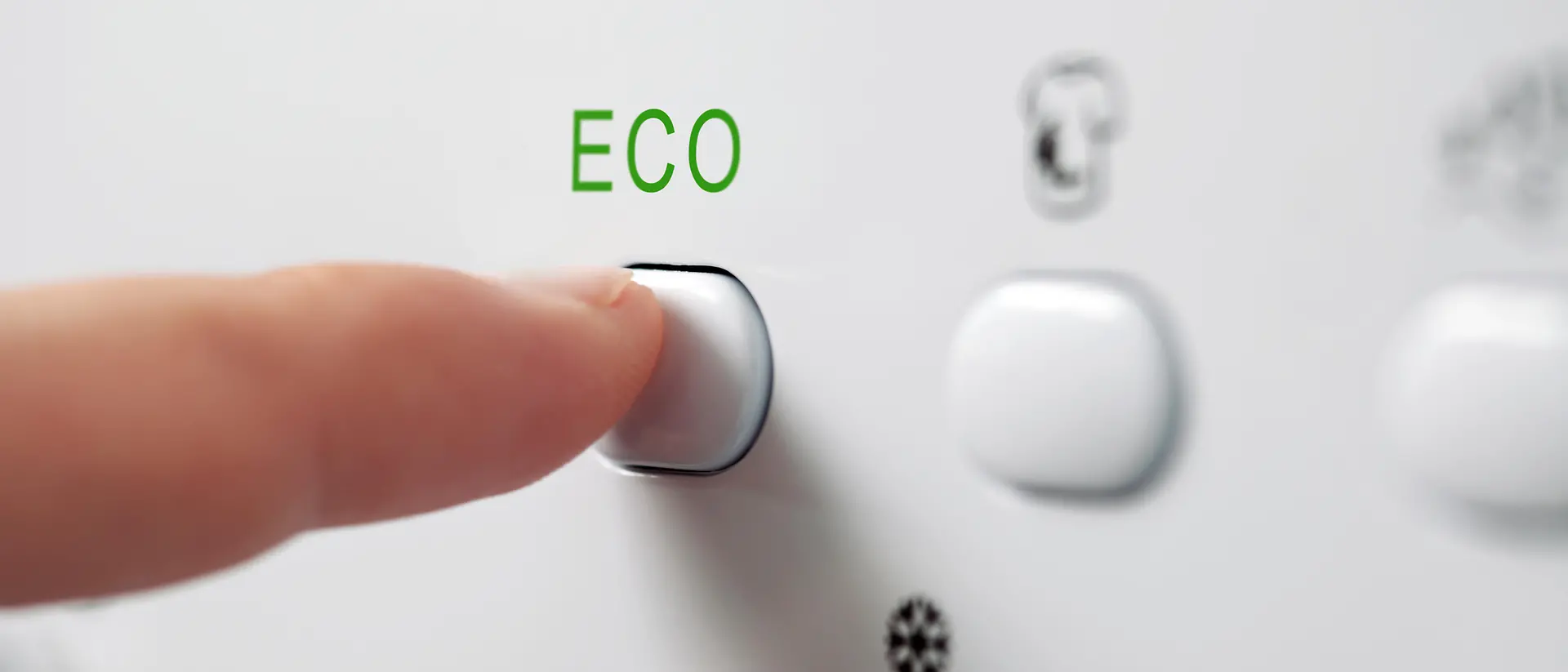Gone are the days when your refrigerator was just a big, white box. Honestly, that era feels almost ancient now. Today, our homes are extensions of our personalities—curated, intentional, and deeply personal. And the appliances within them? Well, they’re finally catching up.
We’re witnessing a quiet revolution in the heart of the home. It’s a move away from one-size-fits-all and towards a world where your dishwasher can be a statement piece and your oven a canvas. Let’s dive into the trends making our kitchens and laundry rooms uniquely ours.
Beyond Stainless Steel: The New Frontier of Finishes
For years, stainless steel was the undisputed king of “premium.” But the reign is over. The new rule is individuality, and the options are, frankly, exhilarating.
Color is Back (And It’s Bolder Than Ever)
We’re not just talking about a pastel fridge here—though those are lovely. We’re talking deep, saturated hues. Think jewel-toned emerald green ranges, matte navy blue dishwashers that disappear into cabinetry, or even a bold crimson wine cooler. These colors act as anchors or focal points, infusing a room with drama and intent.
And for the truly adventurous, two-tone kitchens are making a huge splash. Imagine a sleek black stove paired with brass-toned hood. Or a white refrigerator contrasted with a dark wood-paneled dishwasher. It’s about mixing, matching, and creating a dynamic visual rhythm.
Textures That Beg to Be Touched
Visual appeal is one thing, but tactile sensation is another. Matte black finishes have surged in popularity precisely because they feel sophisticated and resist fingerprints. But it goes further. Glass-front appliances, with their ability to be tinted or textured, are appearing everywhere. You might see a dishwasher with a subtle, frosted glass panel that glows softly when running. It’s a small detail that makes a huge impact.
Integrated and Concealed: The Seamless Kitchen
For some, the ultimate luxury isn’t a bold color—it’s no color at all. The trend towards fully integrated appliances is stronger than ever, driven by a desire for clean lines and uncluttered spaces.
Here’s the deal: refrigerators and dishwashers are now designed to be fitted with custom panels that match your cabinetry exactly. The result? A seamless, streamlined look where your kitchen appears as a cohesive whole. It’s a minimalist’s dream, creating a sense of calm and order. This approach is a perfect solution for open-plan living, where the kitchen flows directly into the living area without visual interruption.
The Digital Canvas: Screens and Smart Surfaces
This is where personalization gets, well, futuristic. Appliances are becoming more like smart devices, and their interfaces are a key part of their aesthetic.
Many high-end refrigerators now feature massive touch-screen displays on the door. Sure, you can manage your grocery list or stream a recipe video. But you can also often upload personal photos to serve as a digital slideshow. Your family photos, a rotating art gallery, a favorite landscape—your fridge becomes a dynamic, personal gallery wall.
This concept is extending to other appliances, too. Imagine an oven whose control panel can be changed from a utilitarian digital readout to a simple, elegant analog clock face with a swipe. The ability to customize the user interface itself is the next frontier in appliance personalization.
Handcrafted and Artisanal Touches
In a world of mass production, there’s a growing counter-movement towards the handmade. This trend celebrates the unique imperfections and character of artisan work.
We’re seeing this with companies that offer hand-applied finishes. Think of a range with knobs made of reclaimed wood, each with its own distinct grain pattern. Or a hood vent with a hand-hammered copper finish that will develop a unique patina over time. These elements tell a story. They connect your kitchen to a sense of craft and history that you just can’t get from a factory line.
Why Now? The Drivers Behind the Customization Craze
So what’s fueling this shift? A few key things, actually.
First, the rise of social media platforms like Pinterest and Instagram has made us all curators. We’re constantly exposed to beautiful, unique interiors, raising our expectations for our own spaces. We don’t just want a nice kitchen; we want a kitchen that is Instagram-worthy and authentically “us.”
Second, we’re spending more time at home. Our homes have become our sanctuaries, offices, and schools all at once. This multi-functionality demands that these spaces not only work well but also feel good. Personalized appliances are a direct response to this need for comfort and self-expression within our own four walls.
Considering the Custom Route? A Quick Reality Check
Okay, before you run off to order a custom lavender washing machine, let’s talk logistics for a second. Personalization often comes with a higher price tag and requires more forethought.
Here are a few things to keep in mind:
- Lead Times: Custom finishes and integrated models can have significantly longer delivery times than standard models. Plan your renovation timeline accordingly.
- Resale Value: A bright pink oven might be your dream, but it could be a nightmare for a future home buyer. Consider going bold with smaller, more easily replaceable appliances or choose integrated options that appeal to a minimalist aesthetic.
- Cohesion is Key: The most successful personalized kitchens have a clear vision. It’s not about throwing every trend at the wall. Pick one or two elements to personalize and let them shine against a more neutral backdrop.
The Final Word: Your Home, Your Signature
The move towards appliance customization is more than a passing fad. It’s a fundamental shift in how we view our living spaces. Our homes are no longer just shelters; they are canvases for our identities.
Whether it’s through a whisper-quiet integrated dishwasher, a range in a color that makes your heart sing, or a smart fridge that displays your child’s latest artwork, the power to personalize is now firmly in your hands. The question is no longer “what’s available?” but rather, “what story do I want my home to tell?”




